"The Resistance of the Rhizome" is an interactive video game that can be experienced through video and VR. The game challenges colonized cities and bodies and the systems of domination that have emerged from them. It explores the entanglement of colonial histories with current discourses surrounding public health and the post-epidemic period. The project aims to propose alternative ways of understanding and imagining resistance in the face of transformation. Examining maps and documents from the past while absorbing the present, "The Resistance of the Rhizome" offers a visualization of systems of domination, prompting the question: what if we prioritize resistance? This project was commissioned as part of the "Internet of Things: Another World is Possible" exhibition organized by Darat al Funun-The Khalid Shoman Foundation. As part of the "Speculative Imaginaries" program, I have provided documentation of a complete game I played, showcasing the various possibilities and unpredictability of a single round.
Watch the Full Video on youtube: https://www.youtube.com/watch?v=-mEUiSnd9hA&t=427s
Online project: https://internetofthingsanotherworldispossible.com/
Curatorial Team:
Firas Shehadeh, Joud Al-Tamimi, Reem Marji.
Meduim : Video Game , 3 D
Firas Shehadeh, Joud Al-Tamimi, Reem Marji.
Meduim : Video Game , 3 D
Tools: Unity, Blender, Premiere, After Effect
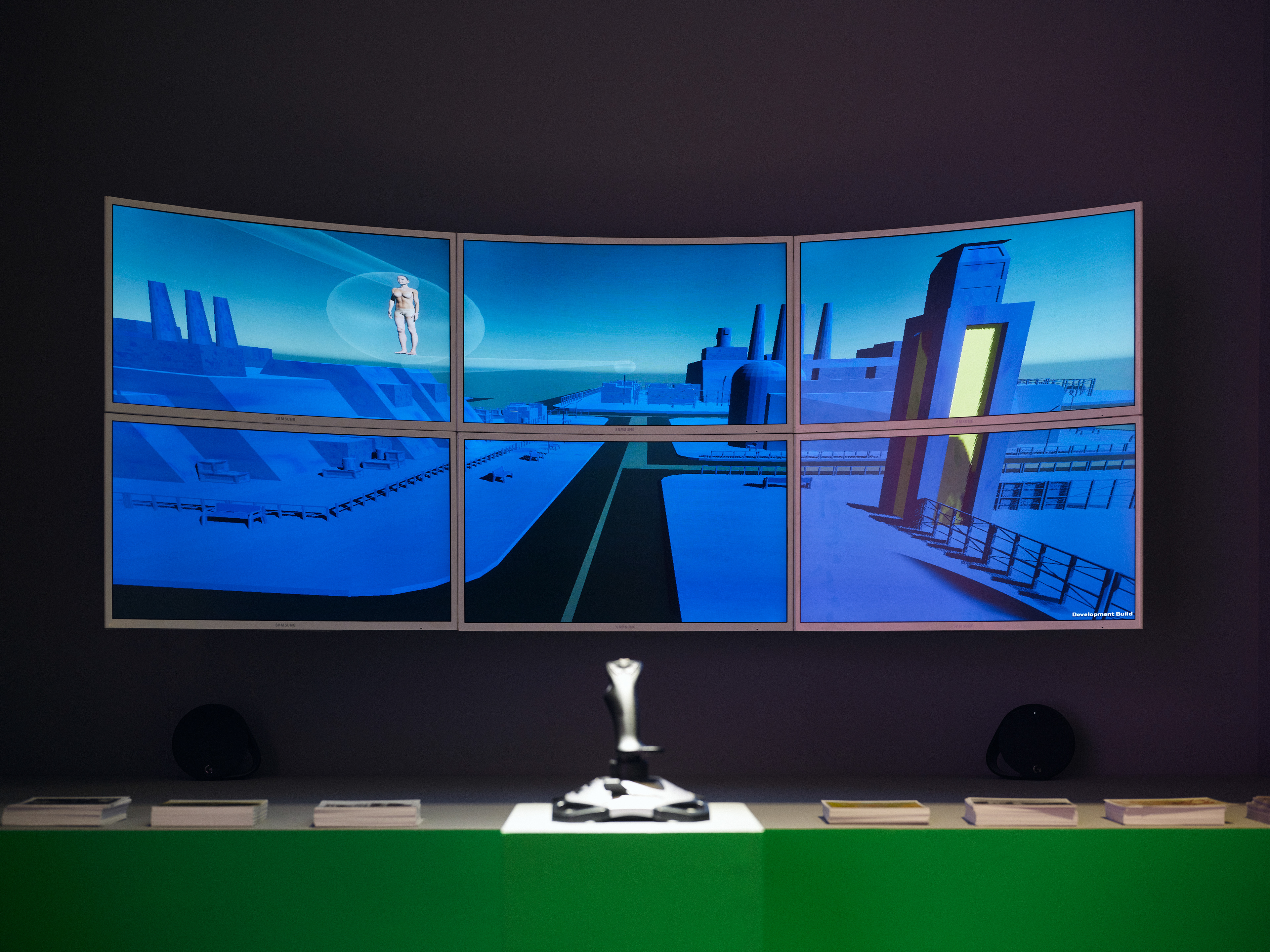
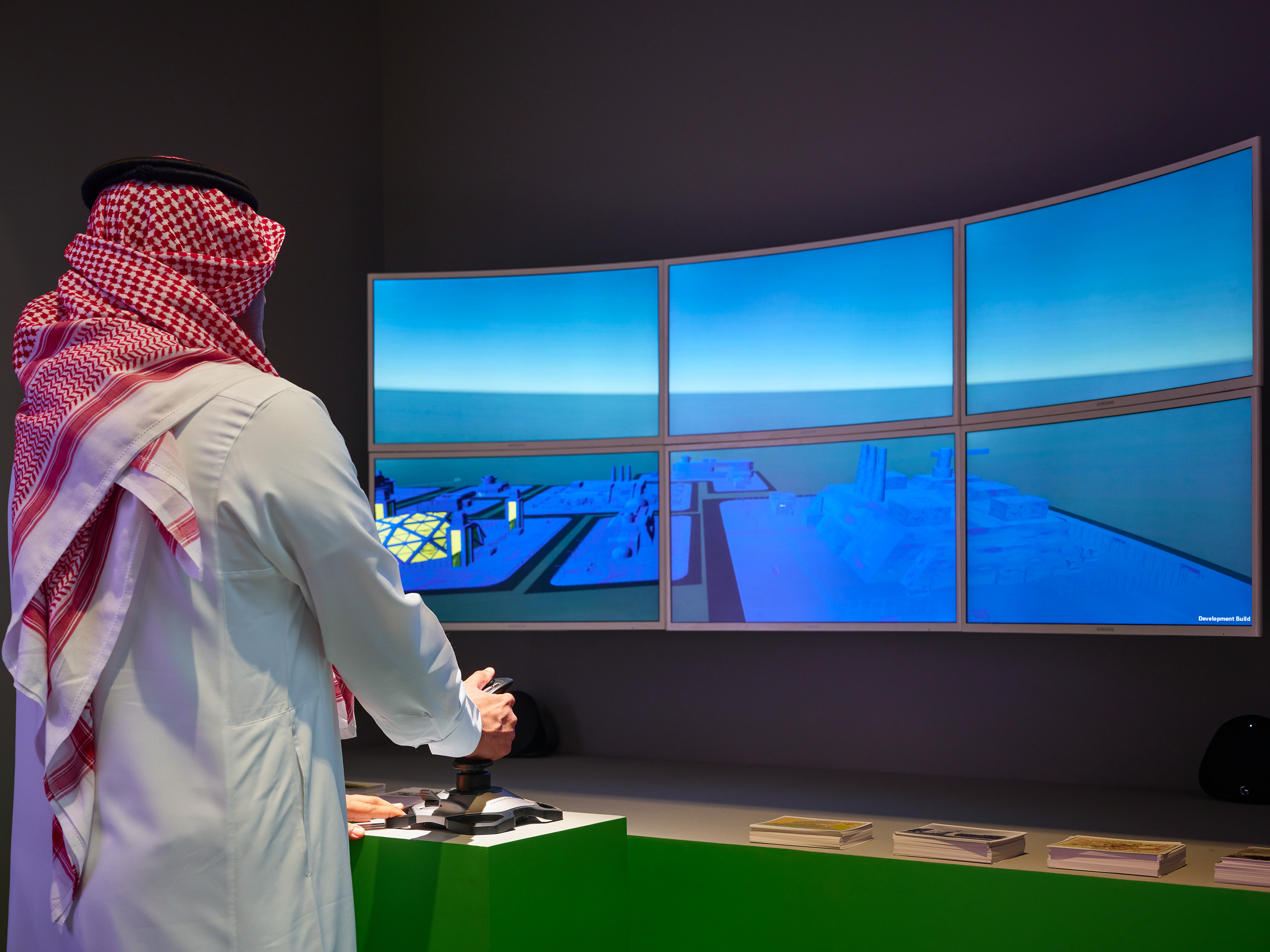

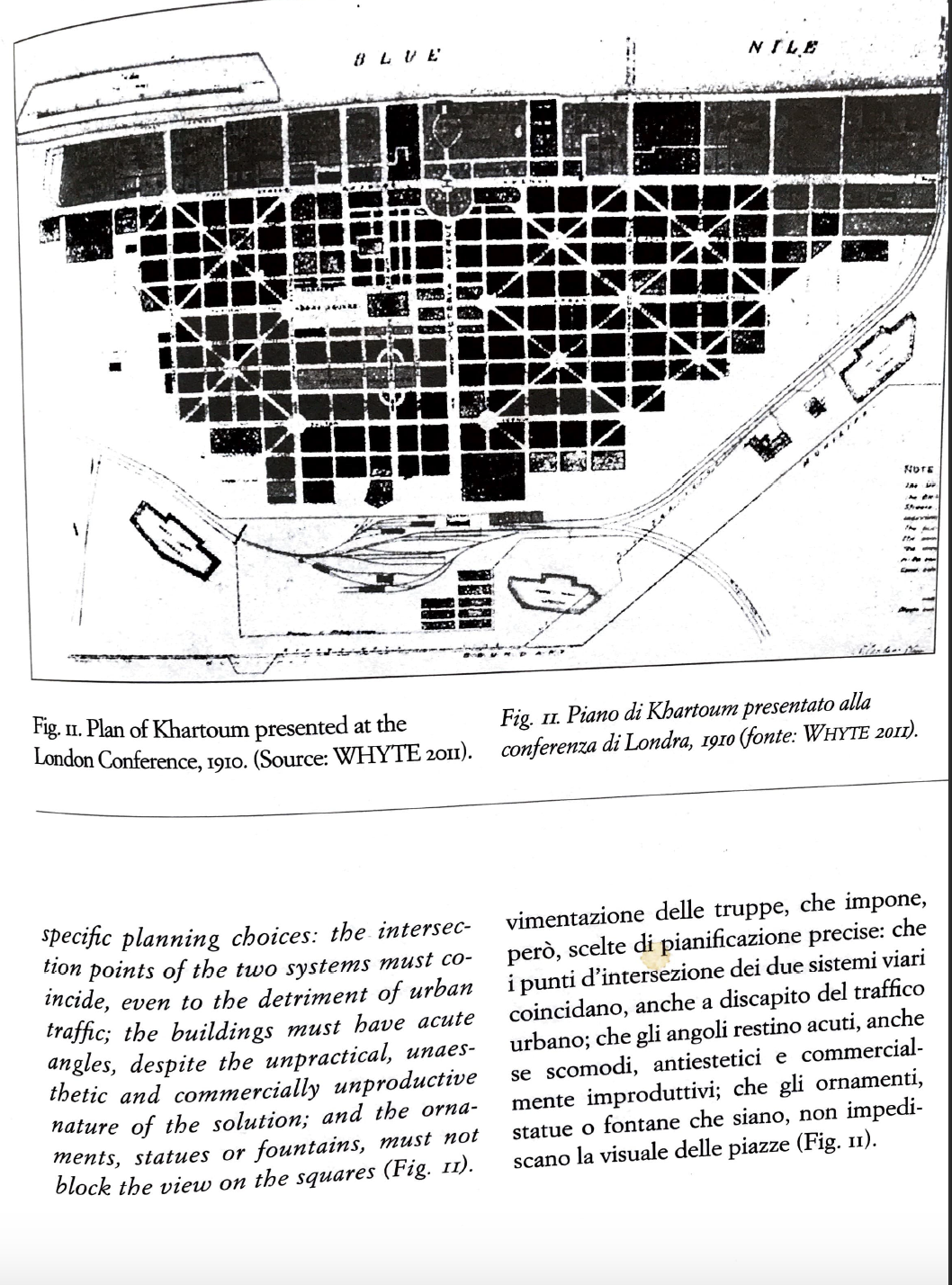
Reserach Materials -Khartoum colonial map
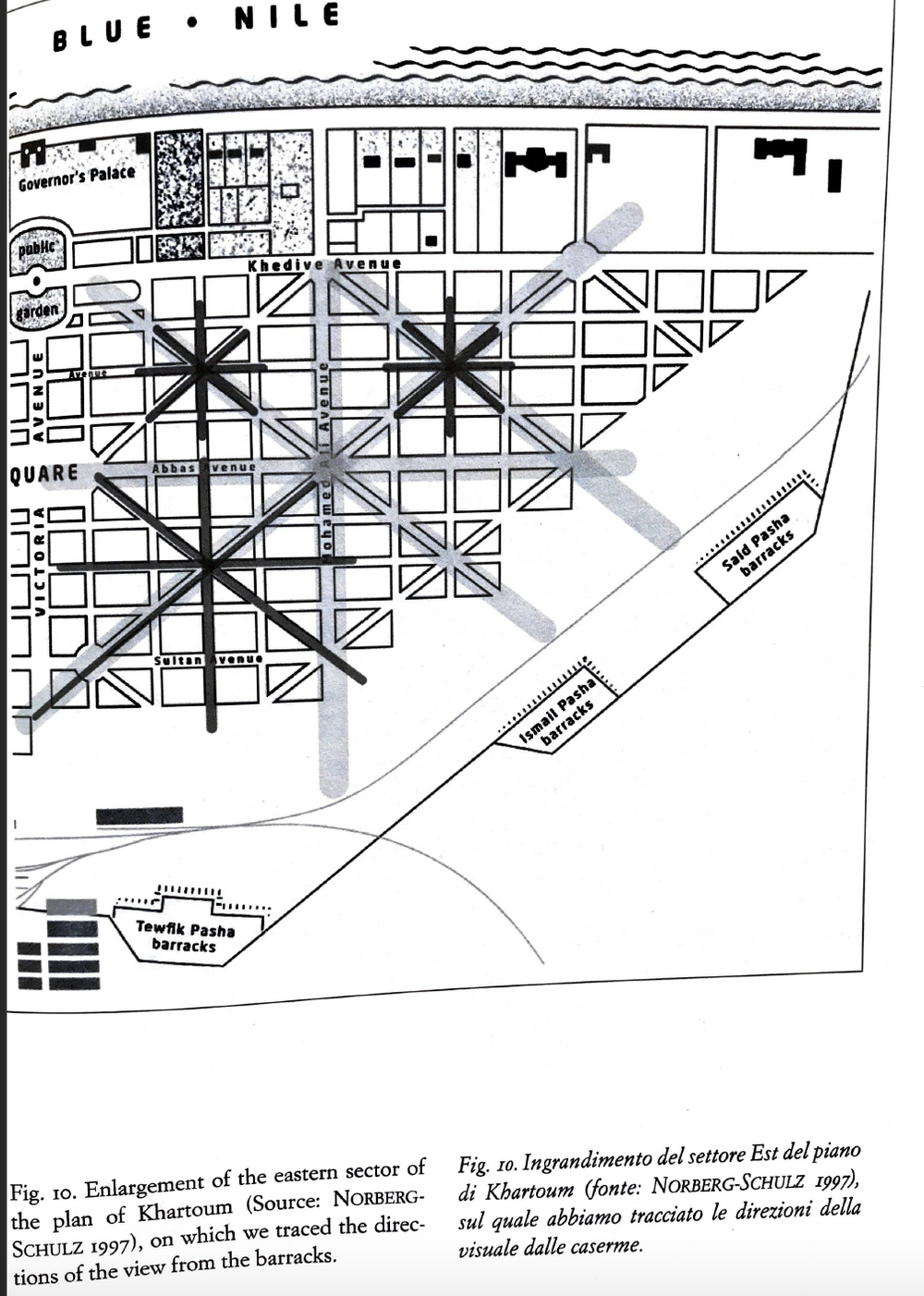
Research material Khartom colonial Map
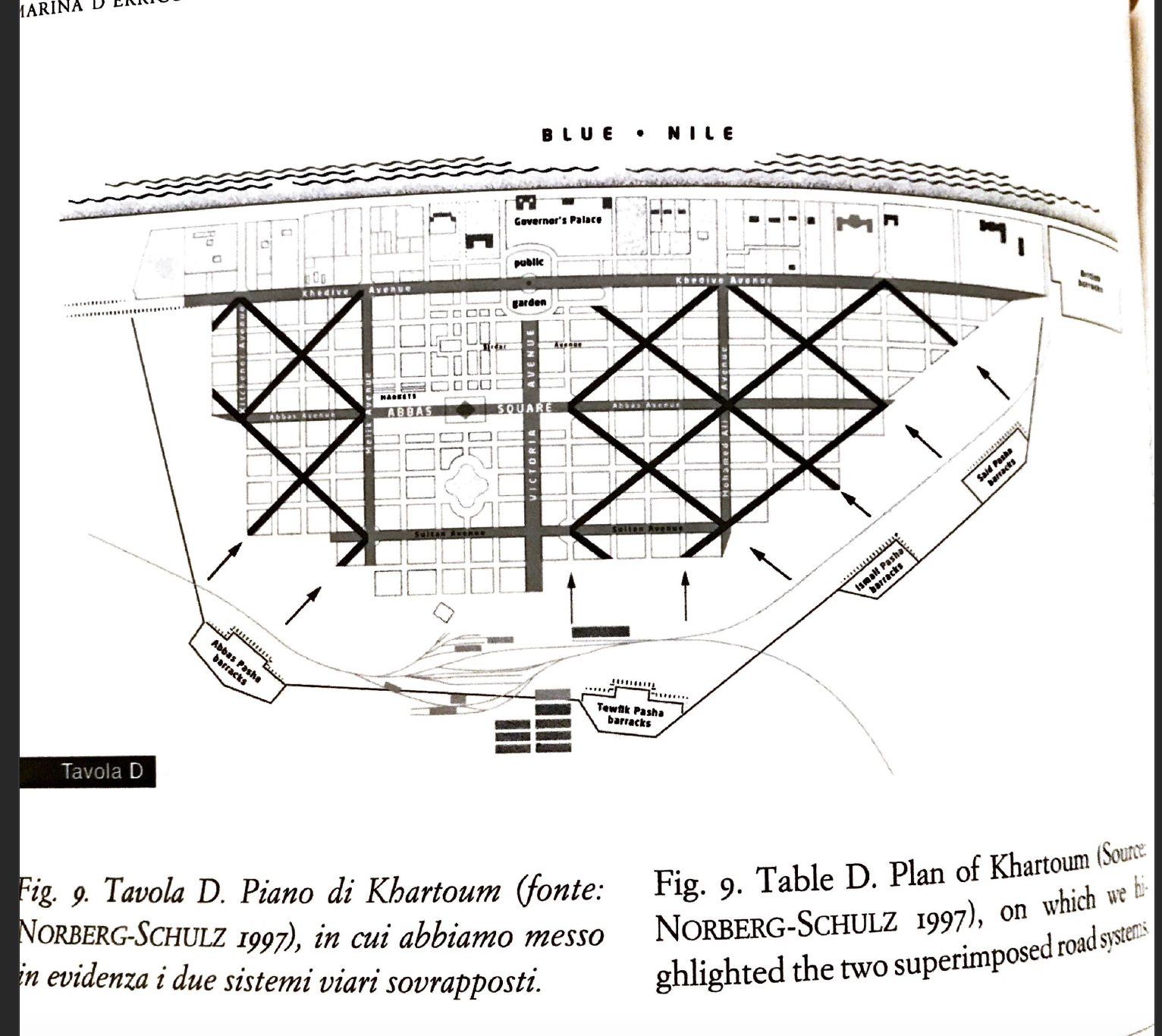
Research Material the Costruction map
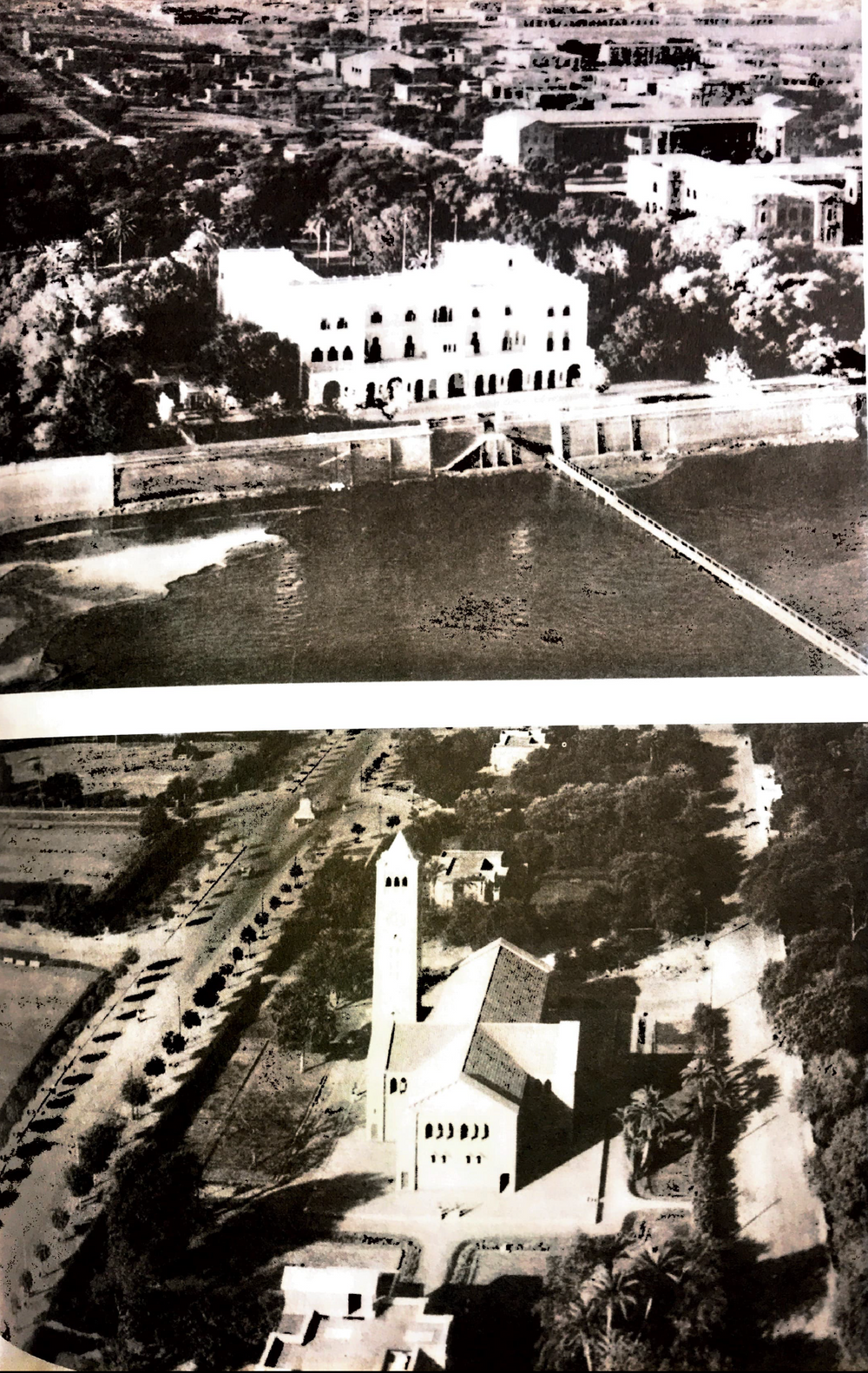
Sudan Presidential plaace
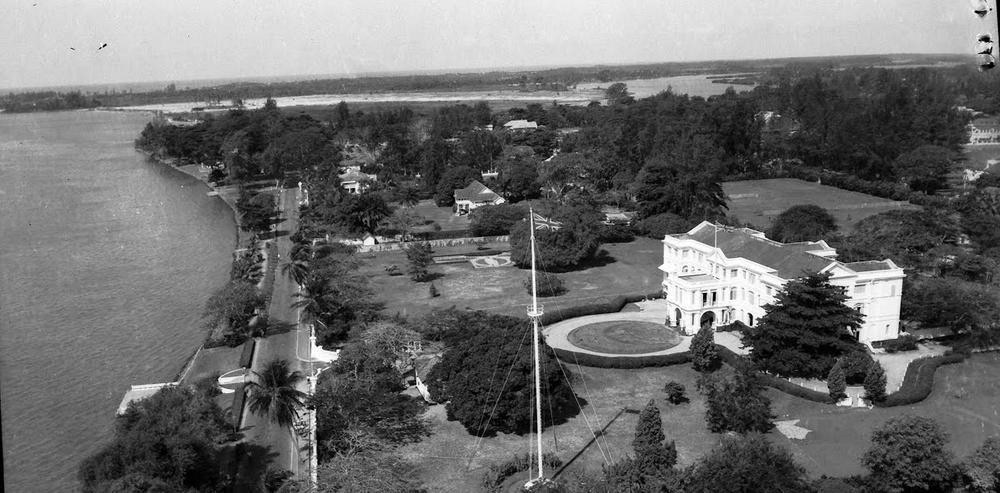
Nigerian Presidential map
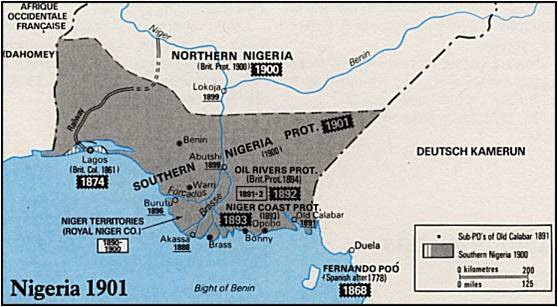
Nigeria Colonial Map
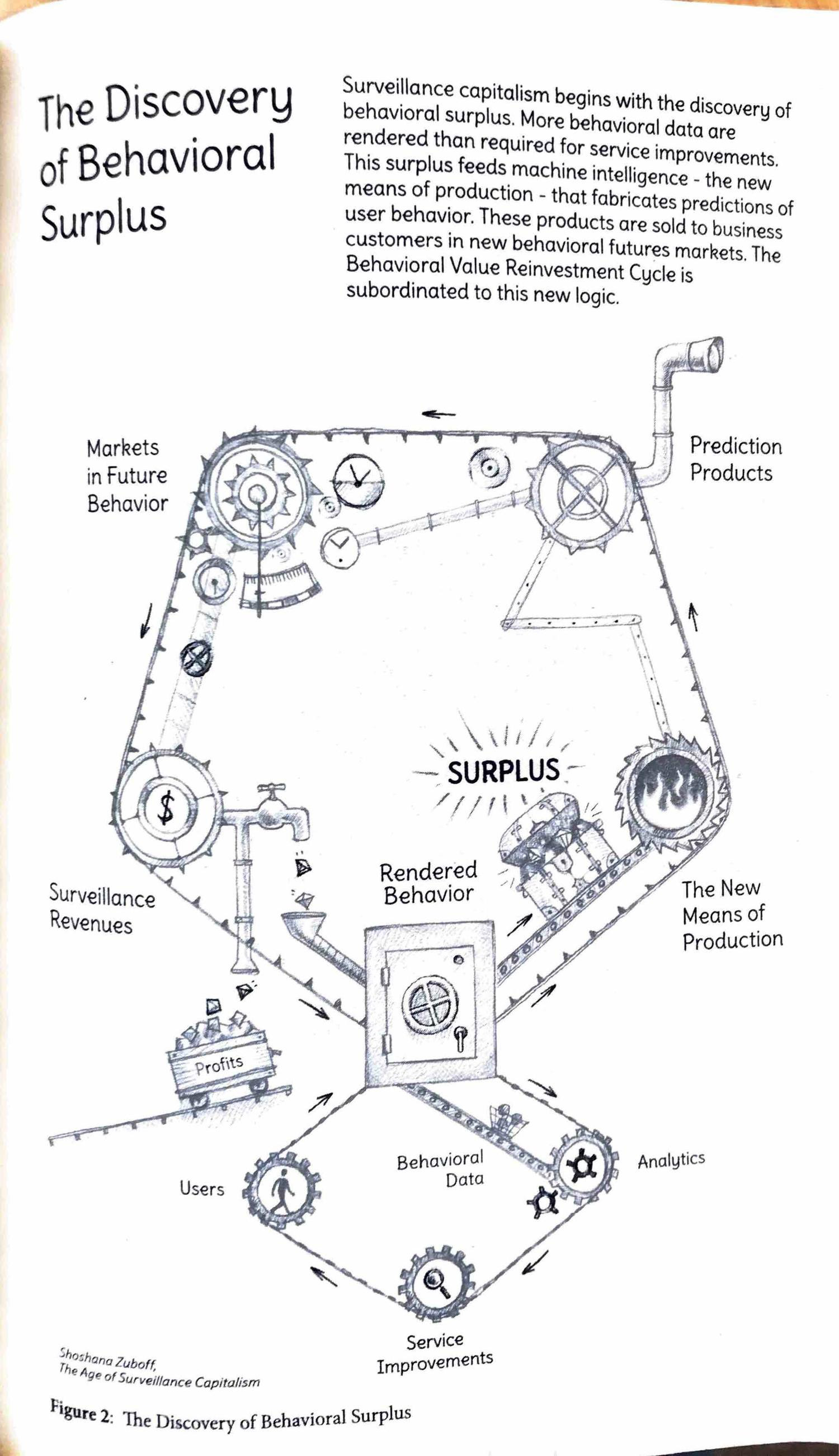
What is today Working Forces - Shuzanna Zubof thesis about Surveliance Capitalisim
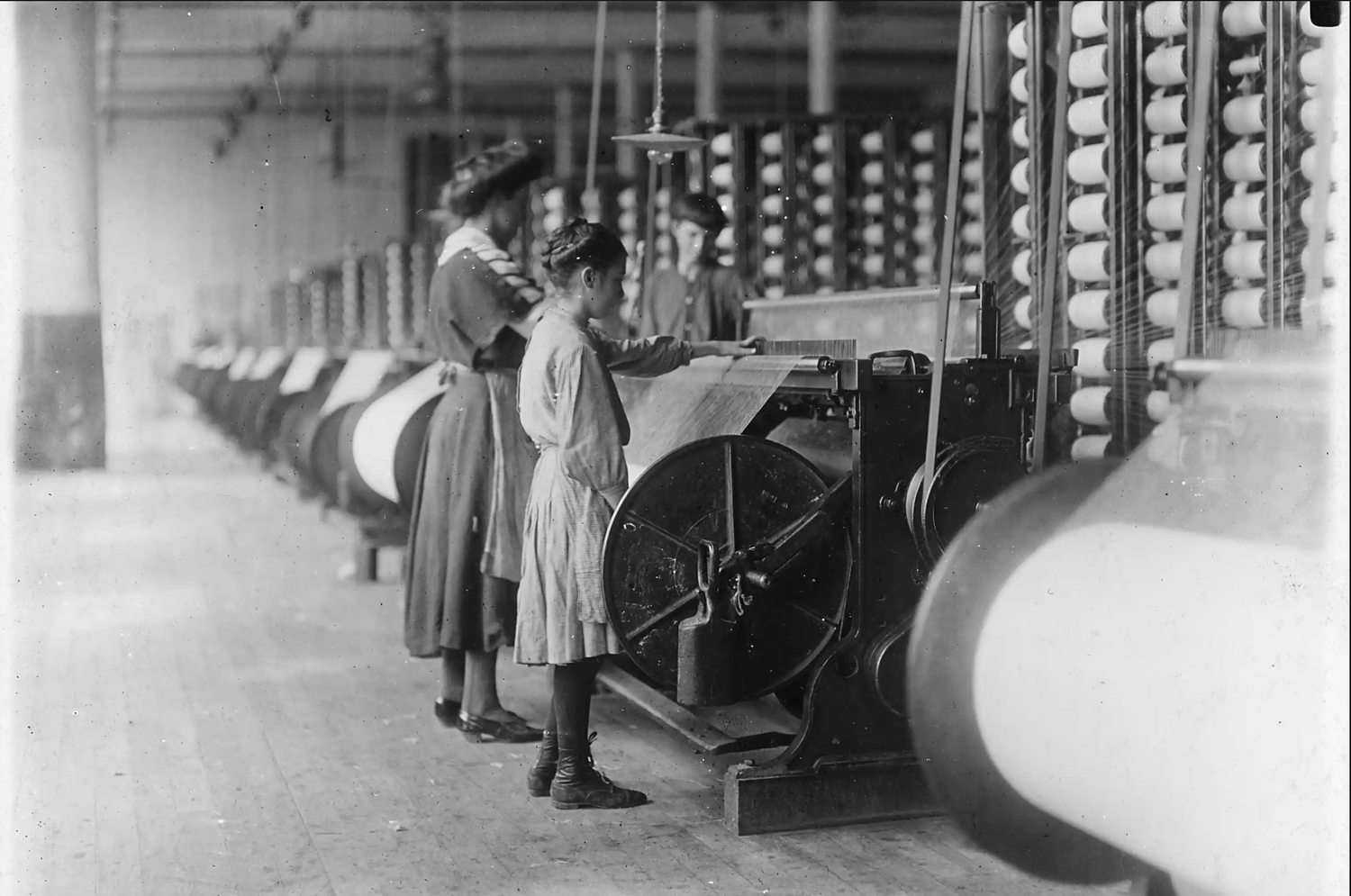
the Old Working forces and who its expanded -The innovative textile mills created in Massachusetts in the early 1800s hired people who had generally not been members of the workforce: girls who had, for the most part, grown up on farms in the area.
RESEARCH MATERIALS
IN THE ABOVE PROJECT I USED COLONIAL CITIES BLUEPRINTS AS A BASES FOR THE IMAGINARY CITY. AS WELL HISTORY OF WORKING CLASSES AND AND THE NATURE OF TODAY WORK TO CREAT THE MOVEMENT OF THE CITY INHABITANTS AND PLAYERS.
OLD STORIES FROM COLONIAL CITIES AND FACTORIES ARE USED TO FORM THE CITY GARDS AND SECURITIES.
OLD STORIES FROM COLONIAL CITIES AND FACTORIES ARE USED TO FORM THE CITY GARDS AND SECURITIES.